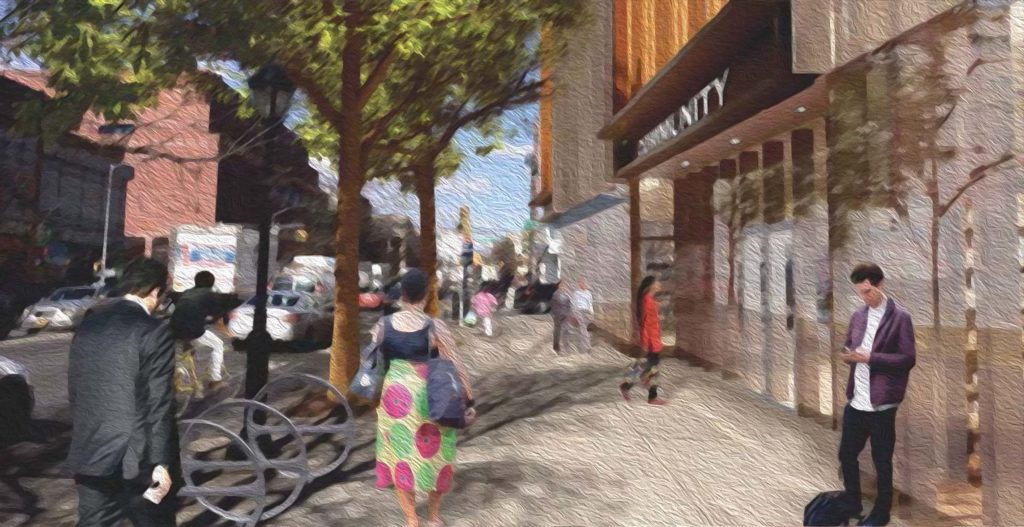Brooklyn Facility – Weekly Construction Bulletin – 4/29/24 – 5/3/24
Download Document »
Download Document »
Download Document »
Download Document »


Community Board Meetings will be ongoing through design and construction. Neighborhood Advisory Committee (NAC) meetings are held quarterly, recordings and presentation materials are available here. Please check back for dates as they are scheduled
The borough-based jails plan is based on three main principles:
Jail capacity in New York City is being dramatically reduced. The new facilities will have a total capacity of 3,300, requiring 3,544 beds across facilities in Manhattan, Brooklyn, Queens, and the Bronx. Currently, the City’s jail system has 11,300 beds.
The new facilities will be the model for direct supervision housing. Each housing unit will be equipped with ample programming, support services, and medical spaces. Every jail cell will have direct access to natural light and the residential style finishings and furniture will be comfortable and humane.
The jails will be located within the boroughs, increasing access to communities and courts, while allowing people to maintain connections to families and service providers.